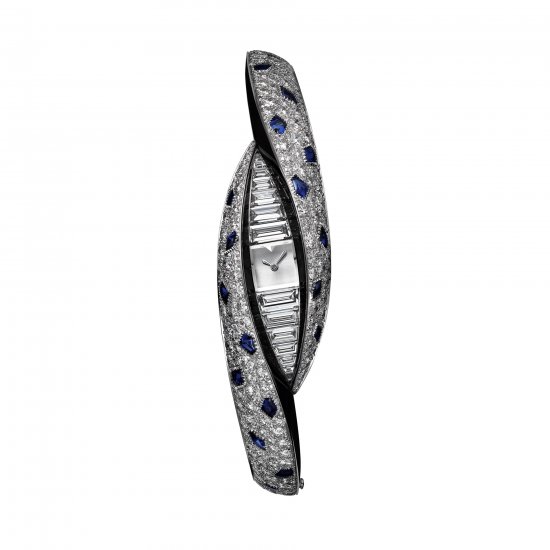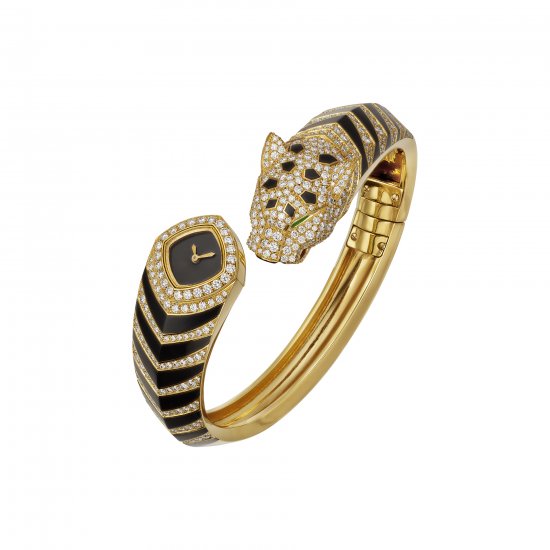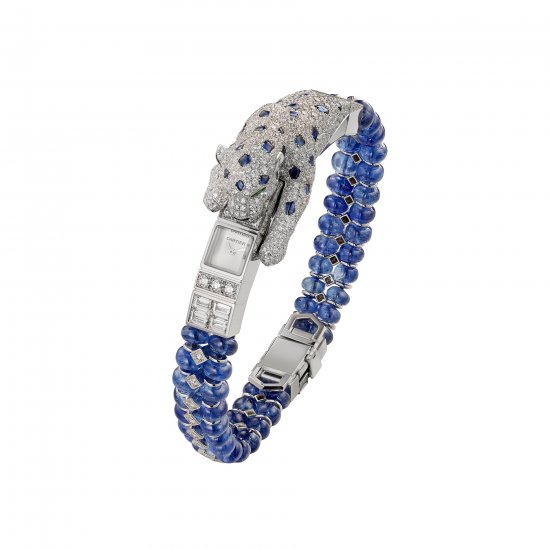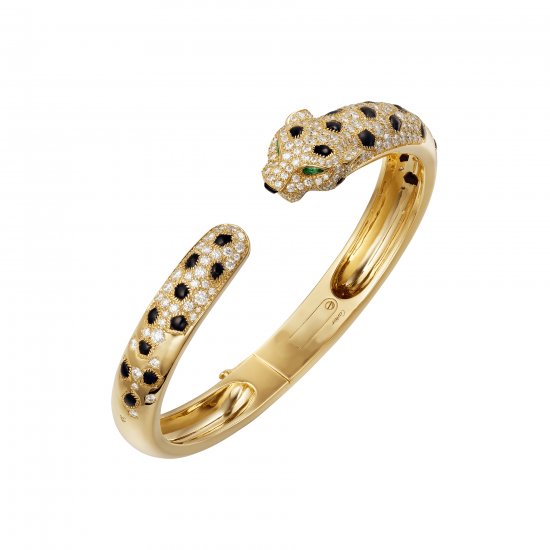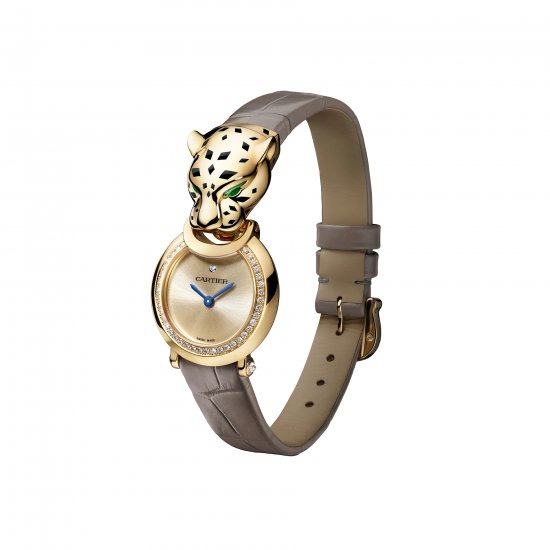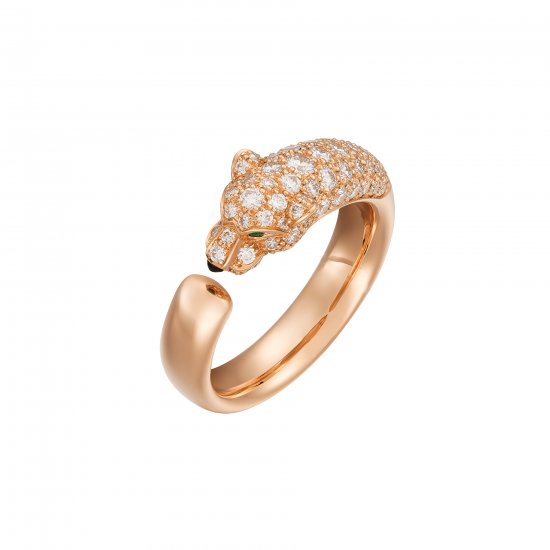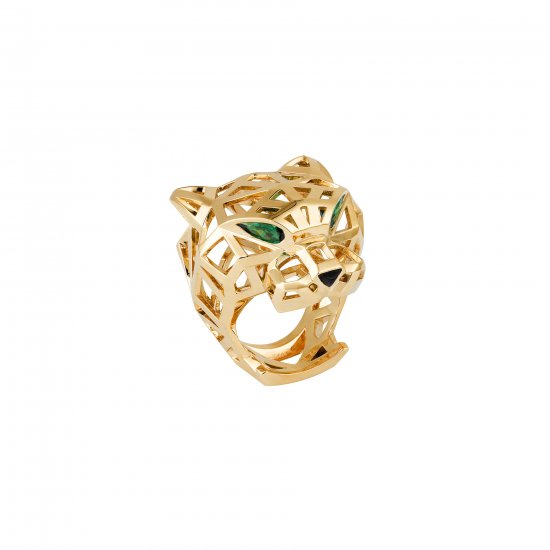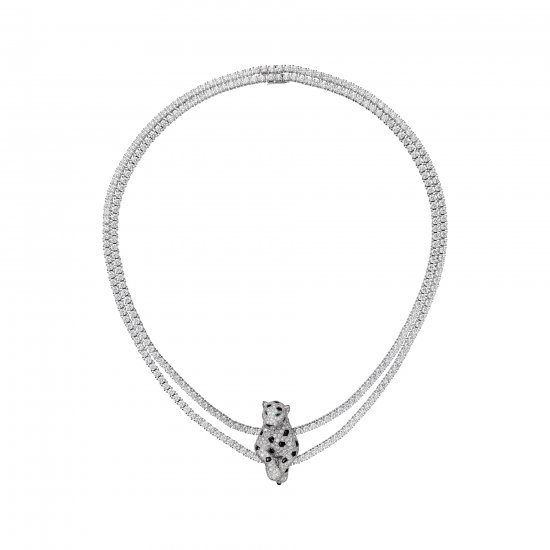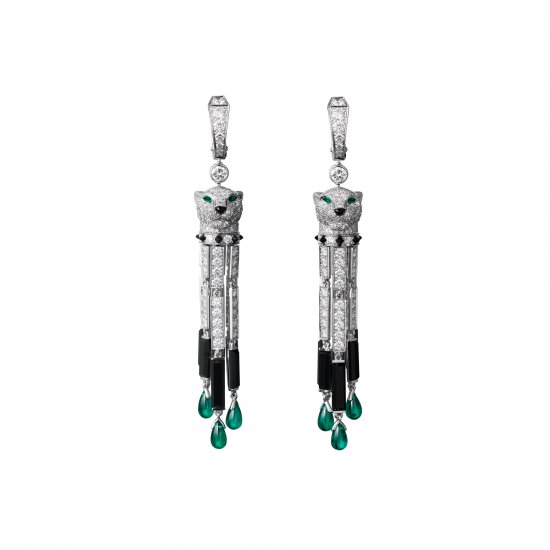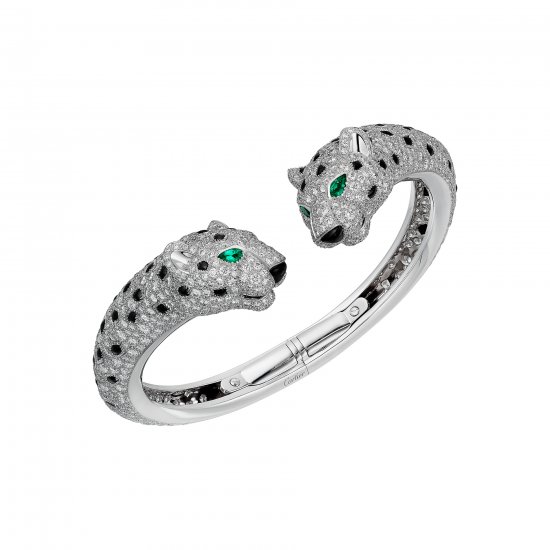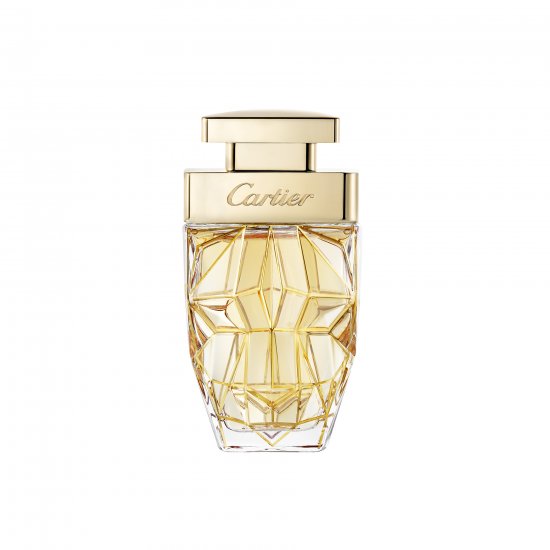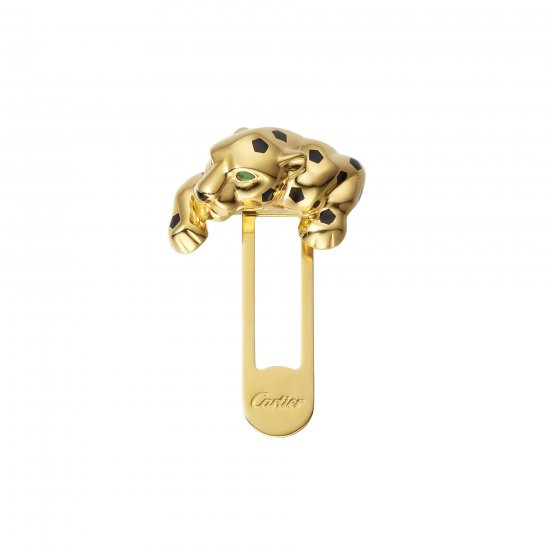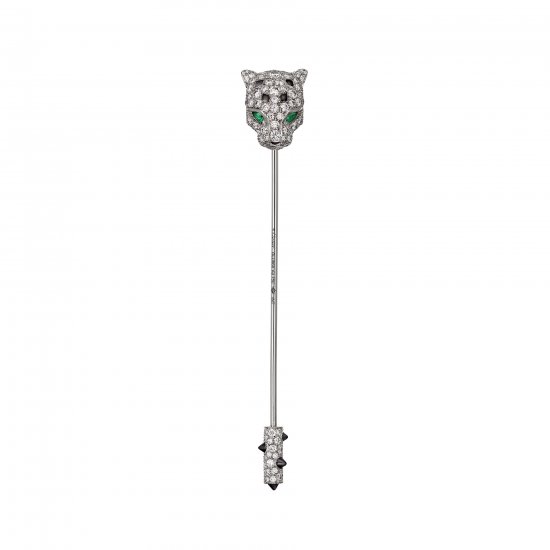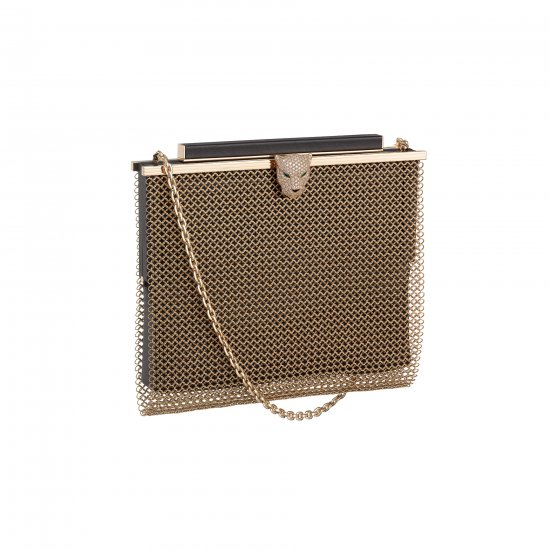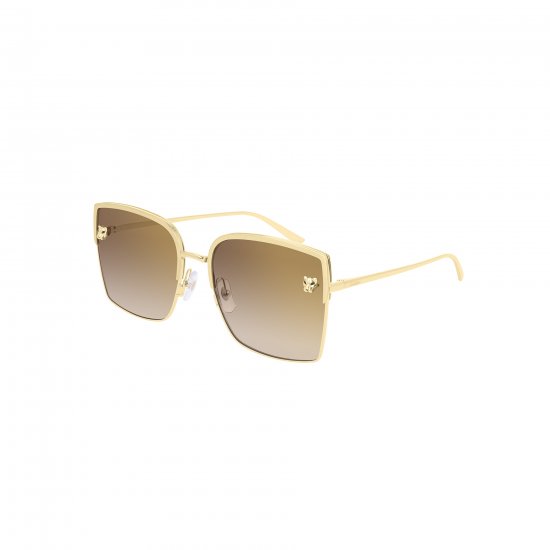Dangerous Liaisons: A Panthère de Cartier Retrospective
One does not simply recount the iconic moments in jewellery and consciously leave out the plethora of treasured jewels churned out by Cartier. Its ferocious panther alone is enough to earn the maison a spot in the upper echelons of the luxury world. First sighted in 1914 when the feline’s shiny coat inspired a particular […]
One does not simply recount the iconic moments in jewellery and consciously leave out the plethora of treasured jewels churned out by Cartier. Its ferocious panther alone is enough to earn the maison a spot in the upper echelons of the luxury world. First sighted in 1914 when the feline’s shiny coat inspired a particular women’s wristwatch that was articulated through a juxtaposition of onyx and diamonds, the panther has since amassed a legion of devoted fans, as evidenced by its staying power.
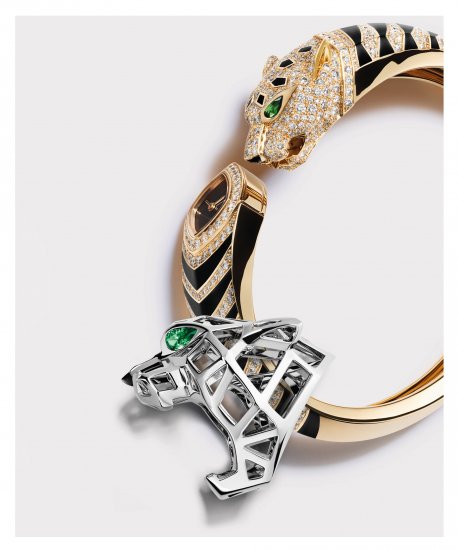
The wild cat afterwards made another head-turning appearance on Cartier’s Dame à la Panthère—an invitation for a jewellery exhibition. Illustrated by George Barbier, the image featured a refined young woman in layers of pearl necklaces with the beast lounging at her feet. It was said that Louis Cartier had hand-picked the panther in homage to a woman whom he called his “Petite Pantheré”. That same woman would go on to lead a seismic change at Cartier as we know it—the legendary Jeanne Toussaint.
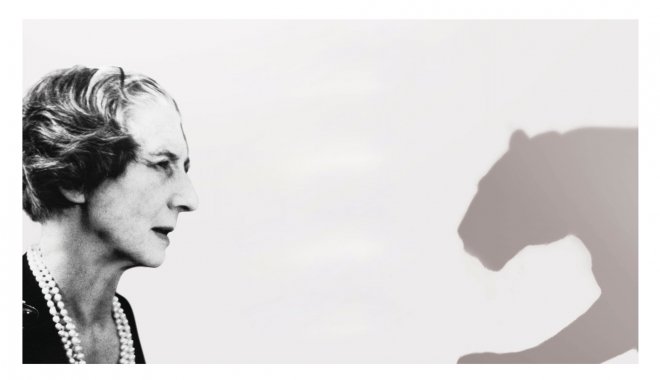
Stylish, creative and with a whole lot of charm to burn, Belgium-born Toussaint ascended the Parisian social ladder in a breeze. The “panther” nickname stuck to her like glue given her rebellious spirit and raving determination, on top of the long fur coat that she’d famously worn in her heyday. Her eye for contemporary fashion, especially when it involved the Art Deco movement, became an invaluable asset that ultimately landed her the coveted role as the creative director of jewellery at Cartier in 1933.
Her enlisting here was a long time coming. Having met with Louis Cartier during World War I, it didn’t take much for Toussaint to recognise their shared vision of style. The dynamic duo fed off each other’s energy and expertise, with Toussaint lending her artistic view and in turn soaking up everything there was to know about jewellery—from gemstones and diamonds to settings and techniques. In her hands, the panther’s traits were beefed up and fleshed out in the most revolutionary ways imaginable.
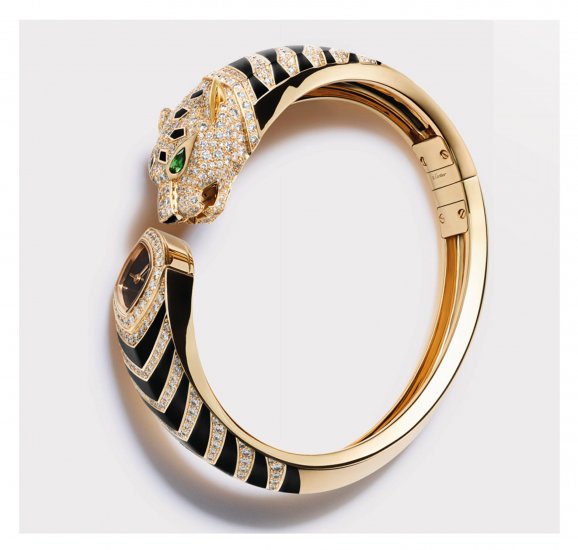
Only two years into her tenure, Toussaint had transformed the agile predator into a three-dimensional character. A singular ring crafted in yellow gold and black enamel with a central ruby, for the first time, featured two panthers in their semi-full forms with graphic heads and limbs. In 1948, the panther was finally revealed in all its glory as the designer created a panther brooch in yellow gold with emeralds and black enamel for the Duchess of Windsor—one of the original members of the Panthère tribe.

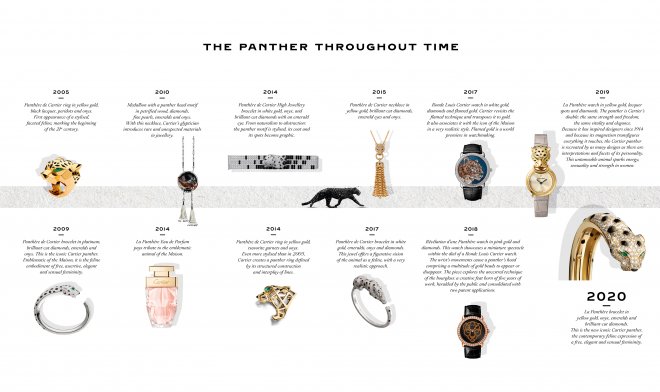
WOMEN WALK AHEAD
It is worth noting that the world was a different place when Toussaint rose to the top of the Cartier pyramid. Back in the Thirties, one would be hard-pressed to find a major establishment with a woman at the helm. Toussaint’s reign at the jewellery house had opened up a window of possibility that lifted the limit on what women could achieve. She saw jewellery as a symbol of independence not just to enhance a woman’s beauty but also to reveal her personality, and it especially resonated with those of the Panthère tribe.
The Duchess of Windsor, for instance, was so captivated by the feline’s magnetic charm that she procured a second brooch shortly after her first. The platinum piece set with pavé-cut sapphires was often seen on her belt. Fashion icon Daisy Fellowes was also enchanted by “panthermania”—a term coined by Jean Cocteau—as she acquired a diamond panther brooch with sapphire spots. Fun fact: the design of the brooch was inspired by the necklace of the Order of the Golden Fleece, an ancient and prestigious order of knighthood.
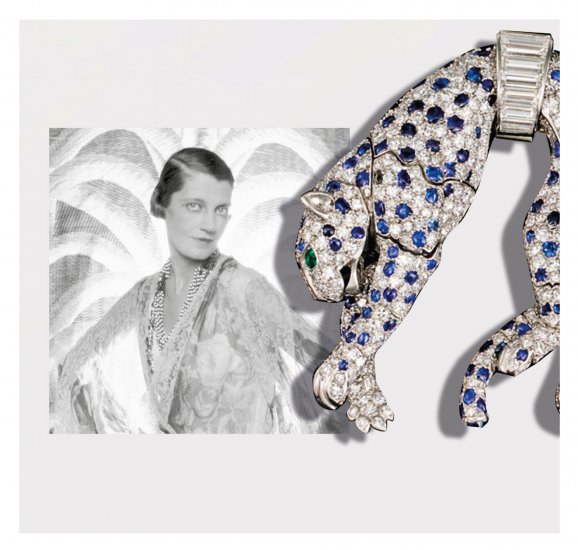
Daisy Fellowes

María Félix
Screen legend María Félix was another reputable figure enumerated in the tribe’s logbook. She once commissioned a bracelet made up of two panthers with their heads facing opposite directions and front legs outstretched, and also had her hands on an equally stunning panther brooch. The creature’s power of seduction lingers to this day with a whole new generation of jewellery wearers who have fallen under its spell. From Mariacarla Boscono to Annabelle Wallis and Ella Balinska, these personalities perfectly embody the fearlessness of the panther.
JOURNEY OF THE PANTHÈRE
And just like how the faces of the Panthère tribe have diversified throughout the years, the exotic cat too has evolved beyond expectations. Starting as an abstract interpretation, its silhouette gradually took form in the naturalist style. Here, the panther was captured in its primal element whether it’s lying in wait, pouncing, preying or resting. The design was intended to intensify the panther’s persona, and by marking the edges, exaggerating the volume or accentuating the figure, Toussaint did just that.
- Abstract: Cartier high jewelry Regard de Panthère visible hour watch
- Graphic: Cartier La Panthère watch
- Naturalist: Cartier high jewelry visible hour Panthère Bondissante
She then pivoted to the sculptural style as she channelled the panther’s untamed energy by accentuating its muscles, features and volume. With this anatomical knowledge of the animal, Cartier eventually developed the graphic style approach that gave birth to the geometric panther. Revealing the structure of the panther through simplified volumes as well as taking into consideration ergonomics and comfort factors, the brand successfully rejuvenated the historic motif for the 21st century women.
And speaking of the world at present, Cartier continues to move the panther with the times and keep things exciting with its savoir-faire. Case in point: a glyptics workshop has been put in service to broaden the horizons for the panther as it allows the lapidaries to experiment with atypical materials like hardstone, petrified wood and fossilised organic substances.But there’s more to Panthère de Cartier than meets the eye. Underneath all that glitters lies a complex combination of skills, creativity and technology. Take the panther’s coat as an example—in order to get that realistic, shiny effect, Cartier devised the “fur” setting that requires a critical conversation among its accomplished artisans.
The technique goes from the jeweller who first sculpts the metal and produces the structure of the jewel to the gem-cutter who then cuts the precious or fine stones, customising their size to recreate the panther skin. The cut stone is then sent to the gem-setter for mounting in the respective position. To convey lifelike fur threads, each stone is encircled by minuscule, elongated and curved metal grains that hold it.
- Cartier La Panthère Bracelet
- Cartier La Panthère Watch
- Cartier La Panthère Ring
- Cartier La Panthère Ring
- Cartier La Panthère Necklace
- Cartier La Panthère Earrings
- Cartier La Panthère Bracelet
- Cartier Eau de Parfum La Panthère Limited Edition
- Cartier La Panthère Pocket Gems
- Cartier La Panthère Brooch
- Cartier La Panthère Chain Mail Bag
- Cartier La Panthère Sunglasses
This painstaking process epitomises a labour of love—a love of nature, history and craftsmanship. By breathing life into the panther and embracing its fierce personality, Cartier lures strong, independent women to its gilded menagerie and implores them to recognise and appreciate the fundamental freedom of individuality.
Visit www.cartier.com to find out more.
This article was originally published on www.lofficielmalaysia.com.
